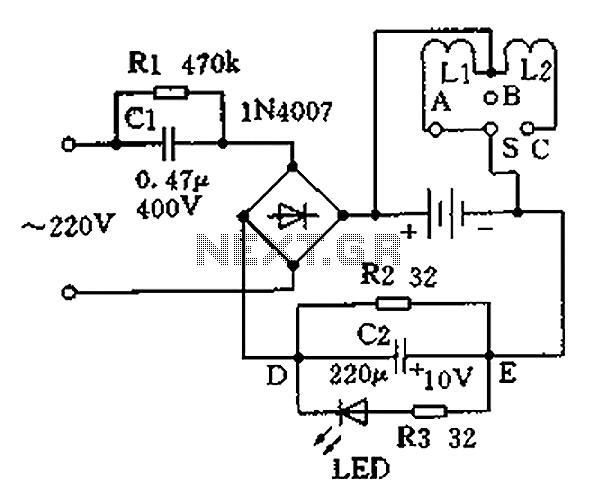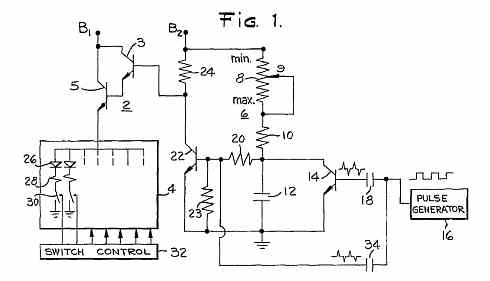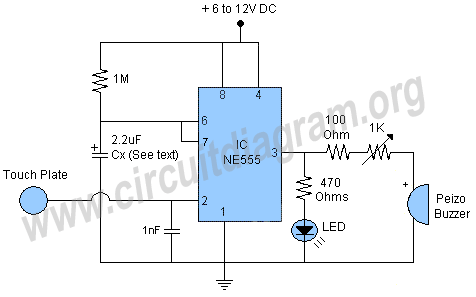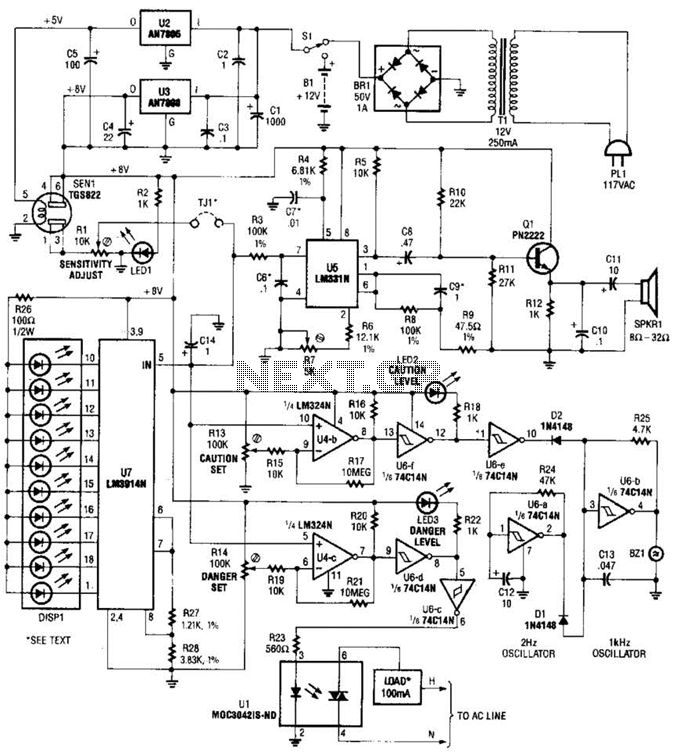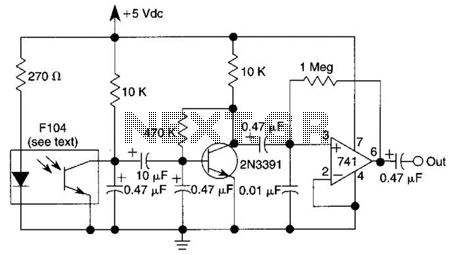
9 Volt Portable Mixer Circuit
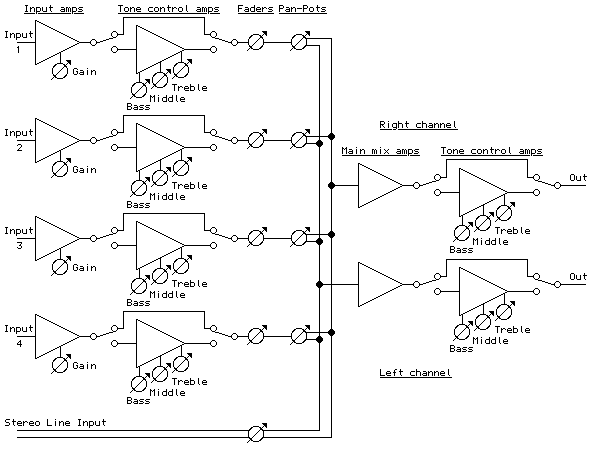
The objective of this project was to design a small portable mixer powered by a 9V PP3 battery while maintaining performance quality. The mixer consists of three main modules that can be varied in number and can be adapted to meet different user needs. The Amplifier Input Module features a low-noise circuit with a variable voltage gain ranging from 10 to 100, primarily intended for high-quality microphone input but also suitable for line-level input. The Tone Control Module includes a three-band (Low, Mid, Treble) tone control circuit that provides unity gain when the controls are set to achieve a flat frequency response. This module can be inserted after one or more amplifier modules and/or after the main mixer amplifiers.
The portable mixer design integrates several key components to achieve its intended functionality. The Amplifier Input Module is crucial for ensuring that audio signals from microphones or line-level sources are amplified with minimal noise interference. This module utilizes operational amplifiers configured for low-noise performance, which is essential for high-fidelity audio applications. The variable gain feature allows users to adjust the amplification level according to the source signal strength, providing flexibility in various recording or live sound environments.
The Tone Control Module enhances the audio output by allowing users to adjust the tonal quality of the sound. This module typically employs passive or active filter designs to manipulate the frequency response across low, mid, and treble bands. The use of a three-band equalizer enables precise adjustments to tailor the audio output to specific preferences or to compensate for acoustic anomalies in the environment. The unity gain feature ensures that when the tone controls are set to a neutral position, the signal passes through without additional amplification or attenuation, preserving the original audio quality.
The overall mixer design is compact and powered by a 9V PP3 battery, which facilitates portability and ease of use in various settings. The modular nature of the mixer allows for customization, enabling users to add or remove modules based on their specific requirements. This flexibility makes the mixer suitable for a wide range of applications, from small live performances to home recording setups. The careful selection of components and circuit design ensures that the mixer not only meets performance standards but also remains user-friendly and adaptable to different audio needs.The objective of this project was to design a small portable mixer supplied by a 9V PP3 battery, keeping performance quality. The mixer is formed assembling three main modules that can vary in number and / or willingness to adapt to the needs of all.
Amplifier Input Module: a low-noise circuit equipped with a variable voltage gain (10 - 100) pre-s et, primarily intended as input to high-quality microphone is also suitable for line level input on. Tone Control Module: One of three bands (Low, Mid, Treble) tone control circuit provides unity gain when the controls are set flat frequency response. Can be inserted after one or more modules of the amplifier and / or after the main mixer amplifiers. 🔗 External reference
The portable mixer design integrates several key components to achieve its intended functionality. The Amplifier Input Module is crucial for ensuring that audio signals from microphones or line-level sources are amplified with minimal noise interference. This module utilizes operational amplifiers configured for low-noise performance, which is essential for high-fidelity audio applications. The variable gain feature allows users to adjust the amplification level according to the source signal strength, providing flexibility in various recording or live sound environments.
The Tone Control Module enhances the audio output by allowing users to adjust the tonal quality of the sound. This module typically employs passive or active filter designs to manipulate the frequency response across low, mid, and treble bands. The use of a three-band equalizer enables precise adjustments to tailor the audio output to specific preferences or to compensate for acoustic anomalies in the environment. The unity gain feature ensures that when the tone controls are set to a neutral position, the signal passes through without additional amplification or attenuation, preserving the original audio quality.
The overall mixer design is compact and powered by a 9V PP3 battery, which facilitates portability and ease of use in various settings. The modular nature of the mixer allows for customization, enabling users to add or remove modules based on their specific requirements. This flexibility makes the mixer suitable for a wide range of applications, from small live performances to home recording setups. The careful selection of components and circuit design ensures that the mixer not only meets performance standards but also remains user-friendly and adaptable to different audio needs.The objective of this project was to design a small portable mixer supplied by a 9V PP3 battery, keeping performance quality. The mixer is formed assembling three main modules that can vary in number and / or willingness to adapt to the needs of all.
Amplifier Input Module: a low-noise circuit equipped with a variable voltage gain (10 - 100) pre-s et, primarily intended as input to high-quality microphone is also suitable for line level input on. Tone Control Module: One of three bands (Low, Mid, Treble) tone control circuit provides unity gain when the controls are set flat frequency response. Can be inserted after one or more modules of the amplifier and / or after the main mixer amplifiers. 🔗 External reference
